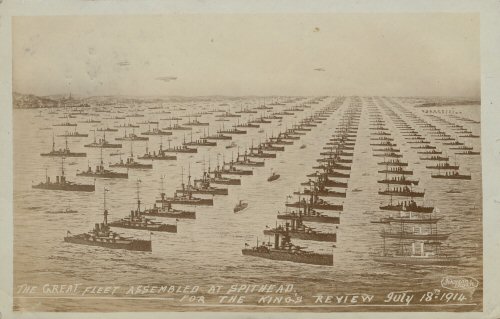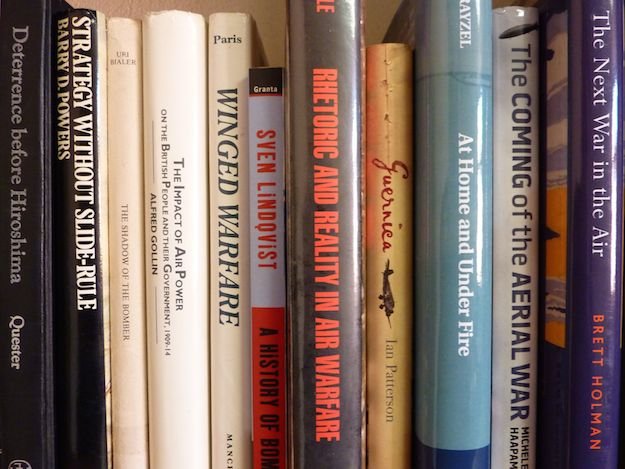The 1955 novel Biggles in Australia is the subject of an interesting article in Inside Story by Adam Nicol, 'Uncivil aviation: Biggles down under' (I like the line 'The common term “civil aviation” -- that is, flight for leisure -- suggests that aviation is intrinsically warlike'), which could be usefully read alongside my UNE colleague Erin Ihde's 'Biggles sees red: Saving Australia from the communist menace'.1 There is an error, though: in referring to the well-known fact that W. E. Johns, the creator of Biggles, called himself Captain Johns 'despite retiring from the Royal Air Force with the rank of flying officer, some four ranks below captain'. But flying officer is not four ranks below captain, unless Nicol is thinking of group captain, or naval captain, neither of which is the rank Johns was claiming. In fact there isn't a RAF rank of plain old captain, except for the brief period when there was, i.e. after the formation of the RAF in April 1918 and before August 1918 1919 when the current ranks (more or less) were established. In between, RFC ranks were used, that is to say, Army ranks. This is where Johns's captain comes from. Since flying officer in the RAF is the equivalent of a lieutenant in the Army, just below captain, Johns only promoted himself one rank, not four.
But this made me think that maybe there is a way to explain why Johns called himself captain, not flying officer, or at least to shed some light on the matter. (In fact he was very inconsistent about it, sometimes using one title, sometimes the other.) In fact it was not an uncommon practice for officers to be given an honorary promotion upon retirement. (Sometimes, too, they retired with the highest rank they may have temporarily held during their career, again normally one grade.) Apart from a bit of additional status in civilian life, I think this also meant a higher pension. Also, in this period when the Air Force was new, former officers who had been in the wartime RAF or indeed the RFC sometimes elected to be called by the military version of their ranks, since these were more familiar and could carry more cachet. P. R. C. Groves is an example of both. At the end of his career in the RAF he was a group captain, but was granted an honorary promotion to brigadier-general (and not air commodore, the next RAF rank up), which had not been an Air Force rank for nearly 3 years at this point. Since he'd actually spent 19 years in the Army and just under 4 in the RAF, brigadier-general might have felt more real to him, for all his devotion to the cause of airpower. But, usefully, since brigadier-general was, at the time, classed as a general officer rank, it also meant that he could be called General Groves, as indeed he always was, which is far more impressive than Air Commodore Groves, it must be said. Not everyone did this; L. E. O. Charlton, also ex-RFC, was happy with air commodore when he retired, though since he didn't receive an honorary promotion perhaps he didn't get any say in the matter.
As for Johns, I don't think he was actually granted an honorary promotion; the London Gazette's entry recording his retirement calls him a flying officer and says he is permitted to retain his rank.2 For comparison, the equivalent for Groves says he 'is granted the honorary rank of Brigadier-General'.3 Perhaps Johns felt he deserved an honorary promotion anyway; and almost certainly he thought Captain Johns sounded better than Flight Lieutenant Johns, the RAF equivalent, let alone Flying Officer Johns, his actual title. Maybe, too, those who had known him as a flying officer in the RAF assumed that he had earned his promotion, which might explain why he seems to have got away it even though he was still heavily involved in the aviation scene. Either way, we're stuck with Captain Johns now.



